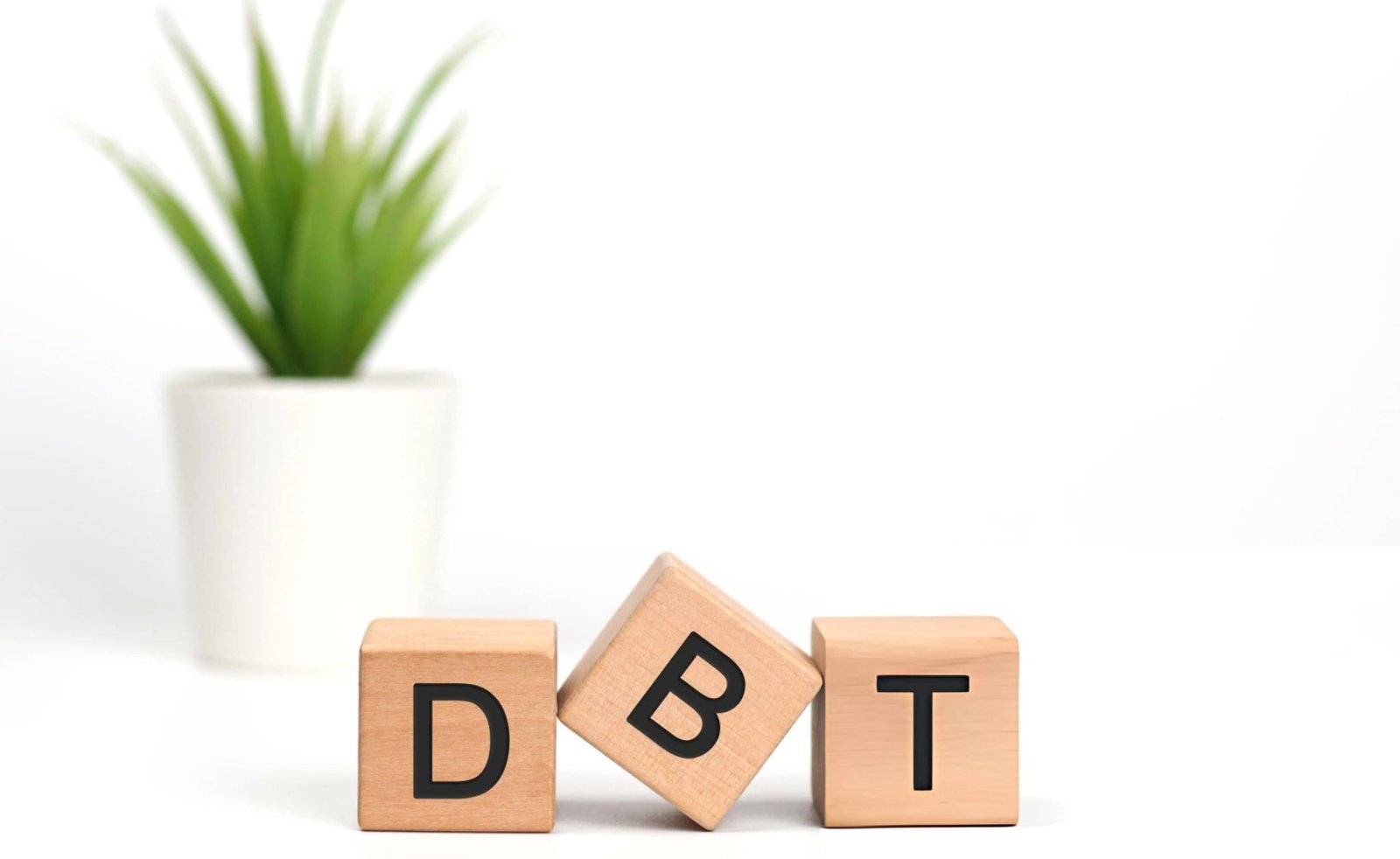Emotions are the driving force behind how we experience life. Yet, when emotions become overwhelming or difficult to manage, they can hinder decision-making, strain relationships, and impact overall well-being. For therapists, educators, and caregivers, having tools to address emotional dysregulation is crucial. Dialectical Behavior Therapy (DBT) offers evidence-based strategies designed to help individuals understand, tolerate, and regulate their emotions effectively.
One such resource is DBT Feelings First Aid, a training program aimed at equipping professionals with foundational DBT skills to support clients in managing their emotions. In this post, we’ll explore some of the strategies emphasized in DBT that can be invaluable in helping others navigate emotional challenges.
Understanding Emotional Dysregulation
Emotional dysregulation refers to difficulties in managing and responding to emotional experiences. For many, it manifests as:
- Intense emotional reactions.
- Difficulty calming down after distress.
- A tendency to act impulsively in response to emotions.
DBT helps bridge the gap between emotions and effective action by teaching skills that enhance awareness, tolerance, and regulation of emotions.
Core DBT Strategies for Emotional Support
1. Mindfulness
Mindfulness is the cornerstone of DBT, emphasizing awareness and acceptance of the present moment without judgment.
- Practice: Encourage clients to observe their emotions as they arise, naming what they feel without immediately reacting. For example, they might say, “I notice sadness in my chest,” rather than, “I am sad.”
- Why It Helps: This detachment fosters understanding and reduces impulsivity, allowing for thoughtful responses.
2. Distress Tolerance
When emotions feel unbearable, distress tolerance skills offer immediate ways to cope without making the situation worse.
- Example Skill: The TIP Strategy
- T: Temperature. Use cold water or ice packs to reduce intense physiological arousal.
- I: Intense Exercise. Engage in physical activity to expend excess energy from heightened emotions.
- P: Paced Breathing. Slow, intentional breathing helps calm the nervous system.
- T: Temperature. Use cold water or ice packs to reduce intense physiological arousal.
- Why It Helps: These techniques provide a quick reset during crises, giving individuals space to address their emotions constructively.
3. Emotion Regulation
Emotion regulation skills help individuals reduce vulnerability to negative emotions and enhance positive experiences.
- Practice: ABC PLEASE
- A: Accumulate Positive Experiences. Engage in activities that bring joy or a sense of accomplishment.
- B: Build Mastery. Take on tasks that build confidence over time.
- C: Cope Ahead. Plan for emotionally challenging situations by visualizing successful outcomes.
- PLEASE: Attend to physical health (e.g., adequate sleep, nutrition, and exercise).
- A: Accumulate Positive Experiences. Engage in activities that bring joy or a sense of accomplishment.
- Why It Helps: Building a foundation of emotional resilience reduces the frequency and intensity of emotional dysregulation.
4. Interpersonal Effectiveness
Often, emotional challenges arise in the context of relationships. DBT equips individuals with skills to navigate interpersonal dynamics effectively.
- Example Skill: DEAR MAN
- D: Describe the situation.
- E: Express feelings clearly.
- A: Assert needs or desires.
- R: Reinforce the request with a reason.
- MAN: Maintain mindfulness, Appear confident, Negotiate if needed.
- Why It Helps: This structured approach helps individuals advocate for themselves while maintaining healthy relationships.
Supporting Others with DBT Feelings First Aid
DBT Feelings First Aid provides professionals with an accessible way to integrate DBT principles into their work. The focus is on creating an emotionally supportive environment where individuals feel understood and empowered to manage their emotions effectively. Through strategies like those outlined above, therapists, educators, and caregivers can make a tangible difference in helping individuals regulate emotions, navigate distress, and foster resilience.
Is DBT Feelings First Aid Right for Your Therapy Setting?
If you’re looking for practical, evidence-based tools to address emotional dysregulation in your clients or students, DBT Feelings First Aid may be a valuable addition to your practice. It’s designed to equip professionals with foundational DBT skills that can be easily applied in various settings.
✨ Find out if DBT Feelings First Aid training is the right fit for your therapy setting: Learn more here.
By integrating these powerful strategies, you can help individuals gain the emotional tools they need to lead healthier, more balanced lives.








